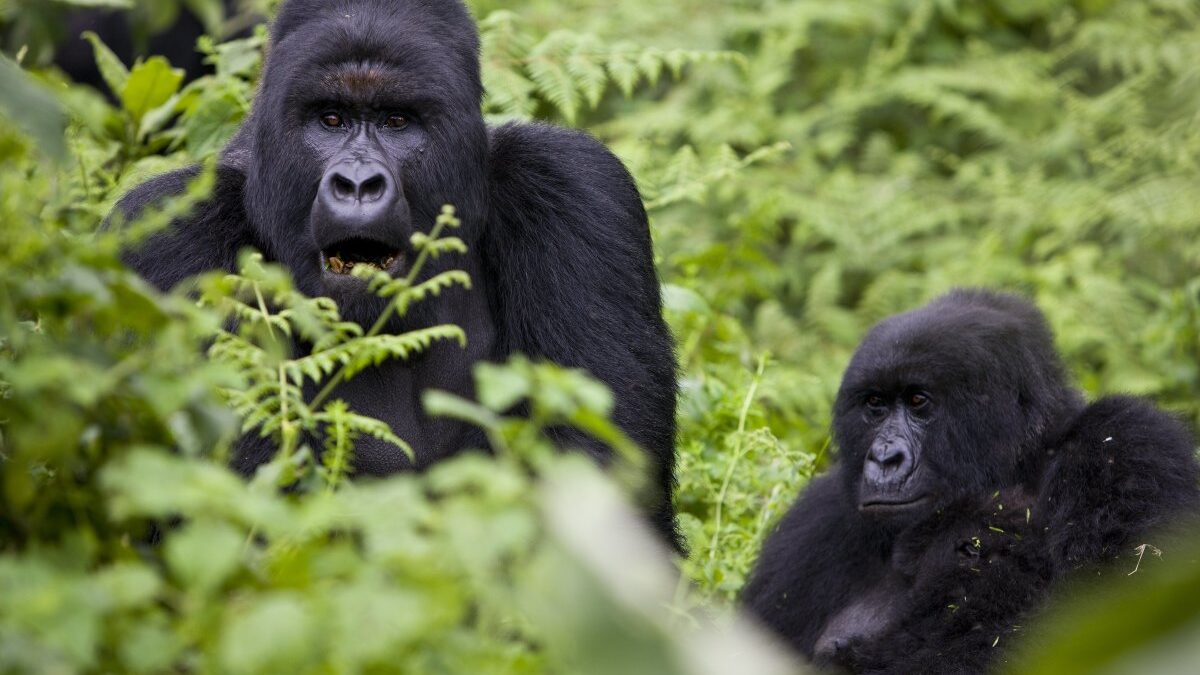Climate Changes and Rwanda Gorilla Conservation

Rwanda Gorilla Safari Company
October 4, 2023
Rwanda Gorilla Tracking with Trek Africa Expeditions
October 4, 2023Climate Change and Its Impact on Rwanda Gorilla Conservation – Ensuring Sustainable Gorilla Trekking Safaris in Rwanda
At Trek Africa Expeditions, our commitment to gorilla conservation goes hand in hand with our passion for providing unforgettable gorilla trekking safaris in Rwanda. We recognize the vital role that responsible tourism plays in sustaining gorilla populations and supporting the neighboring communities in the vast Virunga region and Bwindi Impenetrable National Park.
Our dedication extends to various initiatives aimed at raising funds for gorilla conservation efforts. We actively engage our clients in activities that contribute to the protection of these magnificent creatures. Through collaborative partnerships and marketing efforts, we have joined forces with Rwanda Development Board to purchase gorilla permits, thereby generating essential income for the park’s conservation activities.
The Impact of Climate Change on Rwanda Gorilla Conservation Efforts
Climate change presents a formidable challenge to the conservation of gorillas, one that is complex and pervasive. This multifaceted threat is difficult to address comprehensively because it has the potential to disrupt various aspects of the gorillas’ environment and ecosystem. Changes in rainfall patterns and rising temperatures directly affect the gorillas’ food sources, causing thermal stress and increasing the risk of habitat loss due to forest fires. Furthermore, climate change can facilitate the emergence of new diseases to which gorillas have little or no immunity.
Climate change also has indirect effects on the human populations living near gorilla habitats, adding additional pressure on these already vulnerable creatures. For instance, disruptions in food and water supplies due to climate-related events, such as droughts leading to reduced crop yields, place greater stress on the forest ecosystem as local communities increasingly rely on it for sustenance.
Regrettably, we are already witnessing indicators of climate change affecting mountain gorilla habitats, including alterations in temperature and precipitation patterns. Additionally, shifts in behavior among key gorilla food species and a significant decline in the preferred food source have raised concerns. While the exact cause of this decline remains uncertain, it is an alarming trend that demands ongoing monitoring and research.
One encouraging aspect is that gorillas, like most primates, exhibit a degree of resilience to climatic extremes. Their broad dietary preferences, mobility, and behavioral adaptability provide some level of protection against the impacts of climate change. For example, during the severe drought in Kenya in 2009, the wildebeest and zebra populations in Amboseli National Park suffered catastrophic losses, with an estimated 98 percent and 75 percent mortality rate, respectively. In contrast, the baboon population experienced less than 15 percent mortality.
However, the mountain gorillas we are dedicated to protecting face unique challenges due to their extremely limited habitat. Confined to the summits of six volcanoes, these gorillas are surrounded by some of the highest rural population densities in Africa. Their restricted range leaves them with limited options for adaptation should significant environmental changes occur. Ensuring their survival and thriving in the face of climate change remains a critical conservation objective.

